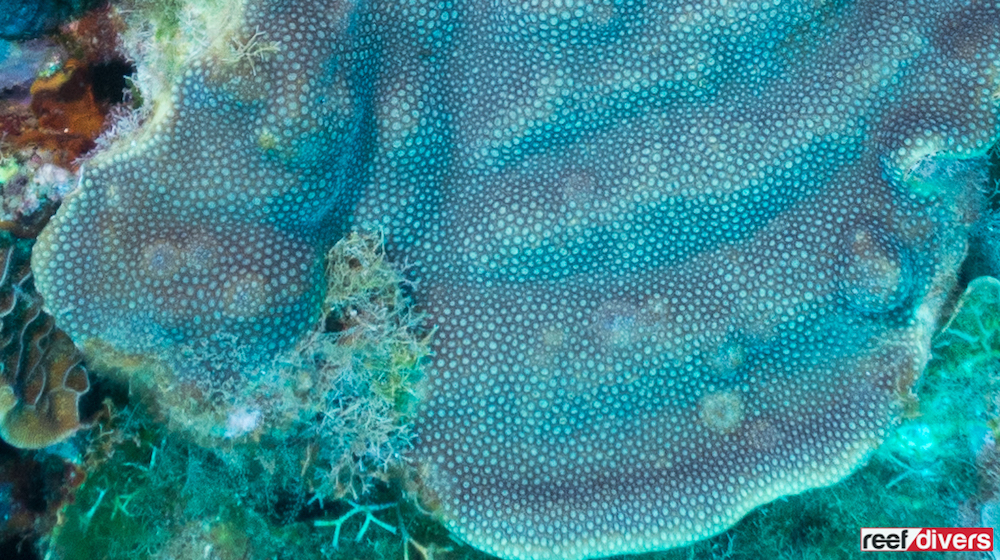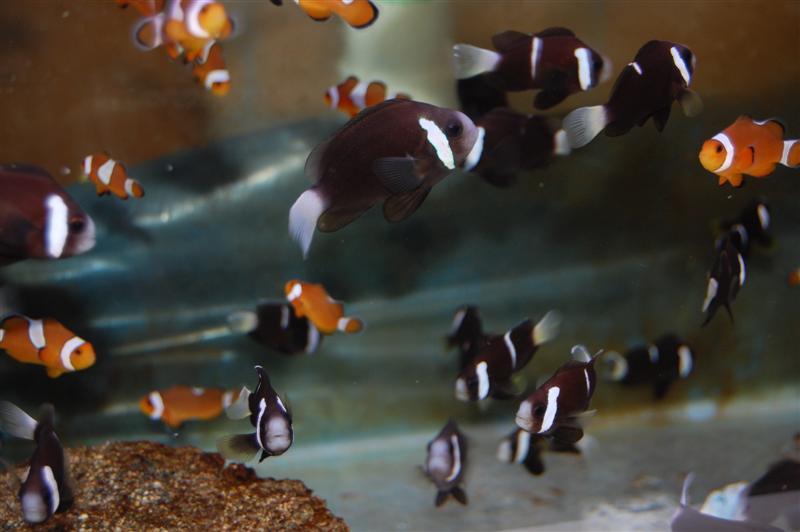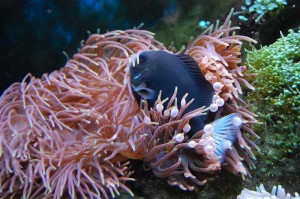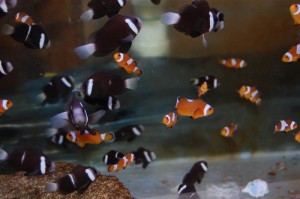Porites colonensis
Porites is one of the most abundant coral in the Caribbean with six described species. Porites colonensis, however, is one of the more elusive of the bunch and you will need a keen eye to identify this unusual species.
When we set out to photograph all the Caribbean corals we had a list of common species and a wish list of obscure rarely documented corals. Porites colonensis was definitely part of the latter.
Porites colonensis is a plating form of Porites coral. Of the six species of Porites, three have a branching form while the other three are encrusting or plating. You can check out the other Caribbean Porites corals on our Guide to Caribbean Corals page.
The distinguishing characteristic of all Porites corals are the small closely set corallites that give the colony a porous look. The polyps of Porites coral are generally retracted during the day and this is especially true for Porites colonensis.

Honeycomb Plate Coral
The common name for this coral is the Honeycomb Plate coral because of the large corallites that give the surface a honeycomb appearance. To the untrained eye, it would be easy to mistake this coral for Porites asteroides which are a far more common species.
But if you really want to take your coral identification to the next level you need to take a closer look at corallite size.
Below you can see a picture with both Porites species (astreoides and colonensis). Colonies of Porites colonensis have a smoother surface with larger more visible corallites. This characteristic is more obvious in the photo on the left. The gray coral on top is the astreoides and the purple coral in the colonensis.
In the photo on the right, both Porites coral have unusual knobs through the coral skeleton. These knobs are not normal features of either coral, but instead a healing response due to damselfish bites.
When you are trying to identify coral you have to look past these abnormalities to identify the species. When you look closer you can see the yellow coral above has a slightly rougher surface, with smaller corallites and extended polyps. The green coral below has a smoother surface and larger corals. Yellow is astreoides, green is colonensis.
The first time we came across this coral was in Roatan at the bottom of a reef wall around 35 meters (115 feet) deep. This was a recurring theme and I was only able to find this coral around the same depth.
We did, however, find a colony while diving in Tela Honduras around 20m deep, however, this reef has a higher amount of sediments and the water is darker than the crystal clear water of Roatan. So when you are looking for this coral in clear water search in the deepest limits of the reef. In a murky habitat, you may find this coral further up the reef slope.





